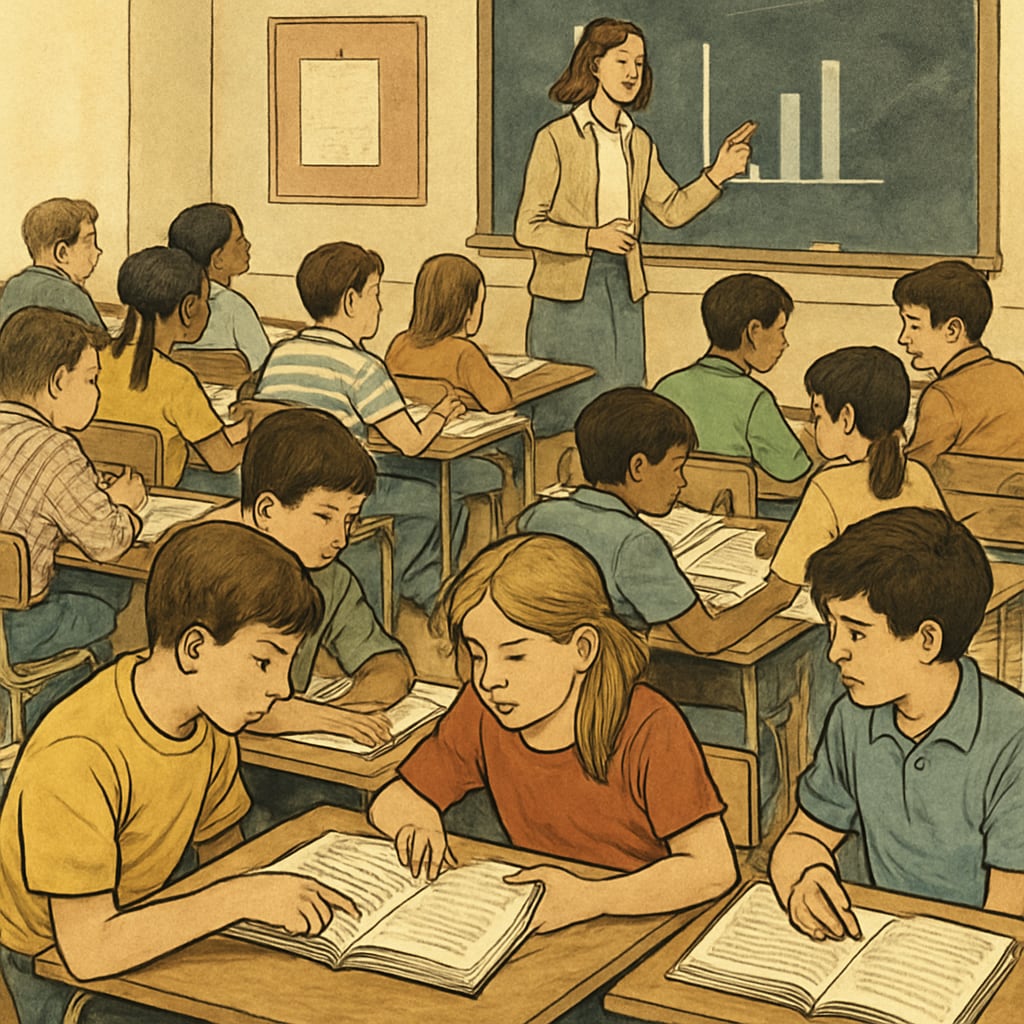Public education funding is facing a silent yet significant threat as organizations such as “Stand For Children” orchestrate systematic shifts of resources to private institutions. This covert process, disguised as education reform, has led to budget cuts for public schools, teacher layoffs, and a weakening of the core values that define public education. These changes demand closer scrutiny to understand their long-term implications for students, educators, and communities.
Understanding the Mechanisms Behind Funding Redirection
One of the primary ways public education funds are redirected is through policies and initiatives supported by advocacy groups like “Stand For Children.” These organizations often present themselves as champions of educational improvement, but their actions frequently prioritize privatization agendas. By lobbying for voucher systems, charter school expansions, and other privatization-friendly measures, they divert essential resources away from traditional public schools.
For example, voucher programs allow families to use public funds for enrollment in private schools, often leaving public schools underfunded and unable to serve their communities effectively. Similarly, the expansion of charter schools—many of which operate as private entities—further drains resources from public education systems. As a result, public schools struggle to maintain quality education, facilities, and staffing.

The Impact of Privatization on Public Education
The consequences of this funding redirection are far-reaching. Public schools, especially those in economically disadvantaged areas, are often the hardest hit. Reduced budgets lead to larger class sizes, outdated textbooks, and insufficient teaching staff. Teachers face layoffs or salary freezes, while students lose access to extracurricular programs and specialized support services.
In addition, the privatization of education undermines the foundational principle of equity in public schools. Public education is designed to provide equal opportunities for all students, regardless of socioeconomic background. However, as more funds flow to private institutions, this principle is jeopardized, creating greater disparities in educational outcomes.
Organizations like “Stand For Children” often claim that privatization enhances competition and innovation, but research suggests that these benefits are unevenly distributed. For example, Britannica’s analysis of charter schools highlights mixed results in student performance and accountability.

Preserving the Future of Public Education
To safeguard public education, it is crucial to recognize and resist the subtle redirection of funds to private institutions. Community members, educators, and policymakers must advocate for transparent funding practices and prioritize investments in public schools.
- Support legislation that protects public education budgets from being diverted to private entities.
- Demand accountability from advocacy groups and organizations promoting privatization agendas.
- Encourage greater public awareness about the impacts of these funding shifts on local schools.
Furthermore, collaboration between public schools and communities can foster innovative solutions to address funding challenges without resorting to privatization. For example, partnerships with local businesses and nonprofits can provide additional resources and support for public school programs.
As a result, preserving the integrity of public education is not just about maintaining budgets—it’s about ensuring equal opportunities for future generations of students.
Readability guidance: This article uses concise paragraphs, includes bullet points for clarity, and incorporates external links for further reading. The language is accessible while maintaining a professional tone.


